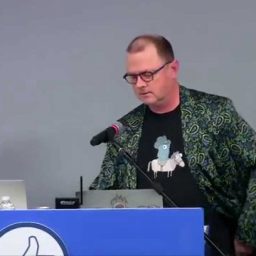Goto Hell
It’s one of the oldest control structures, dating back to early programming languages like FORTRAN and Assembly. But despite its historical significance, the goto keyword has developed a controversial reputation over the years. In fact, it’s often associated with spaghetti code — a tangled mess of jumps in logic that’s nearly impossible to maintain. So […]







